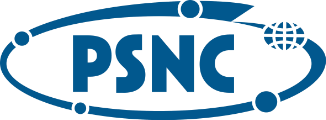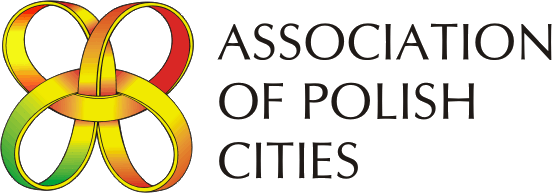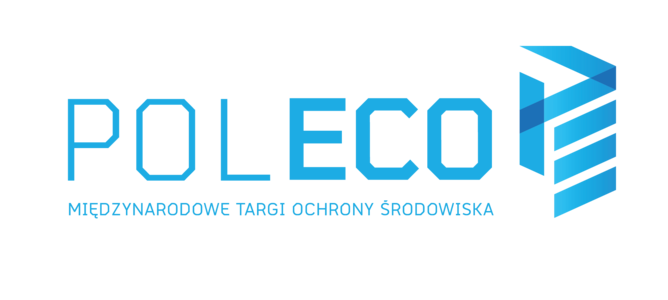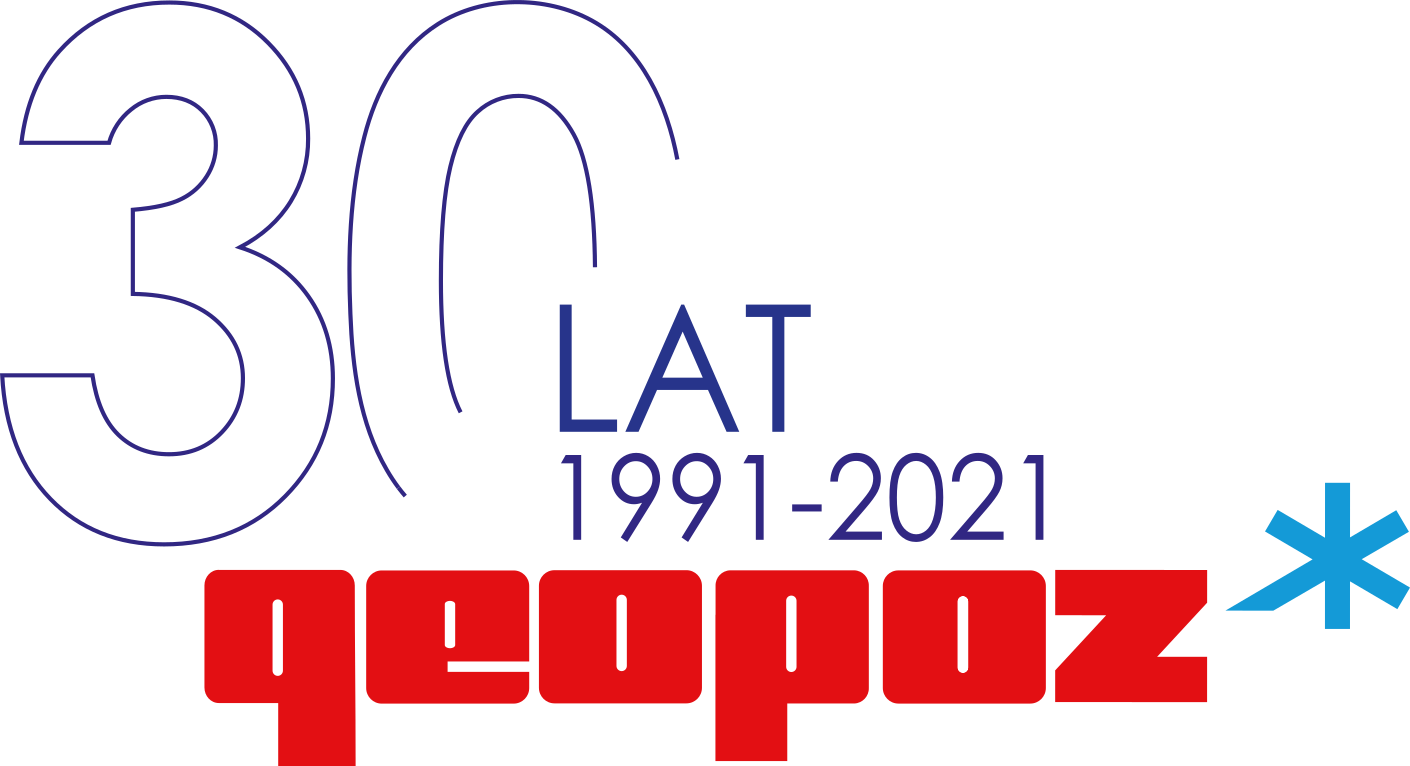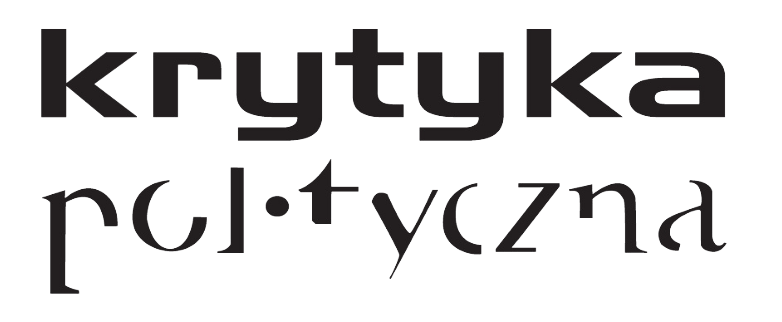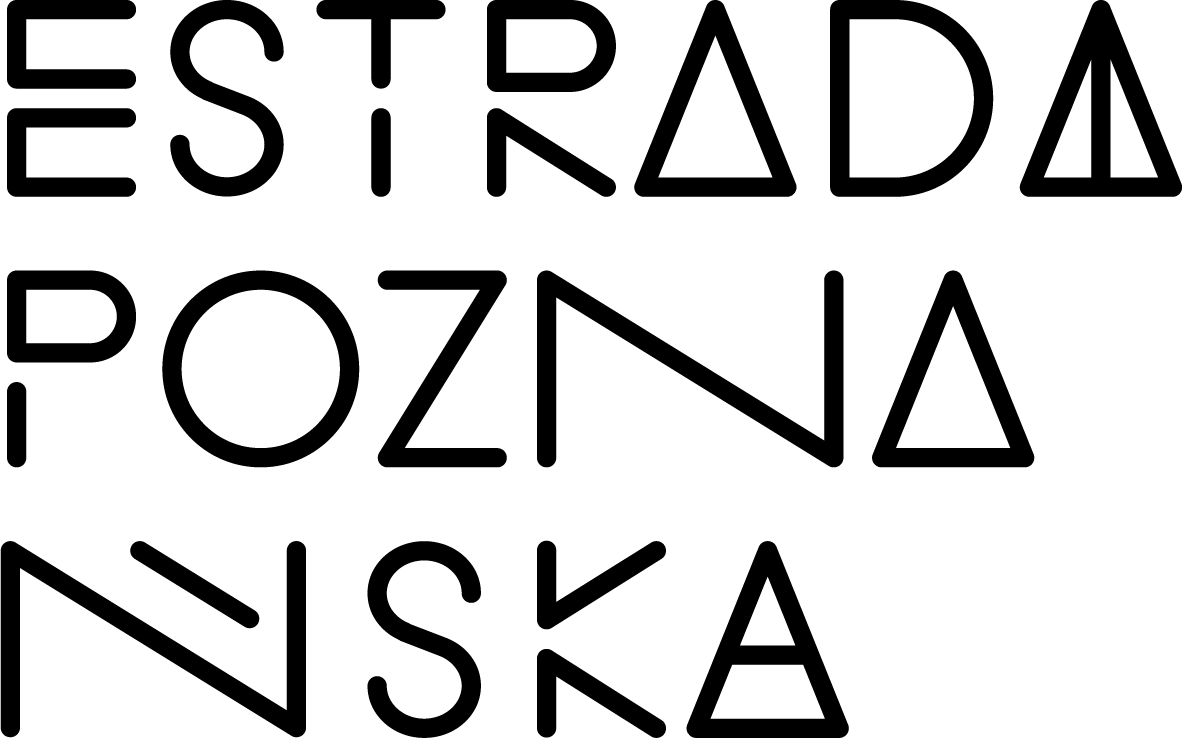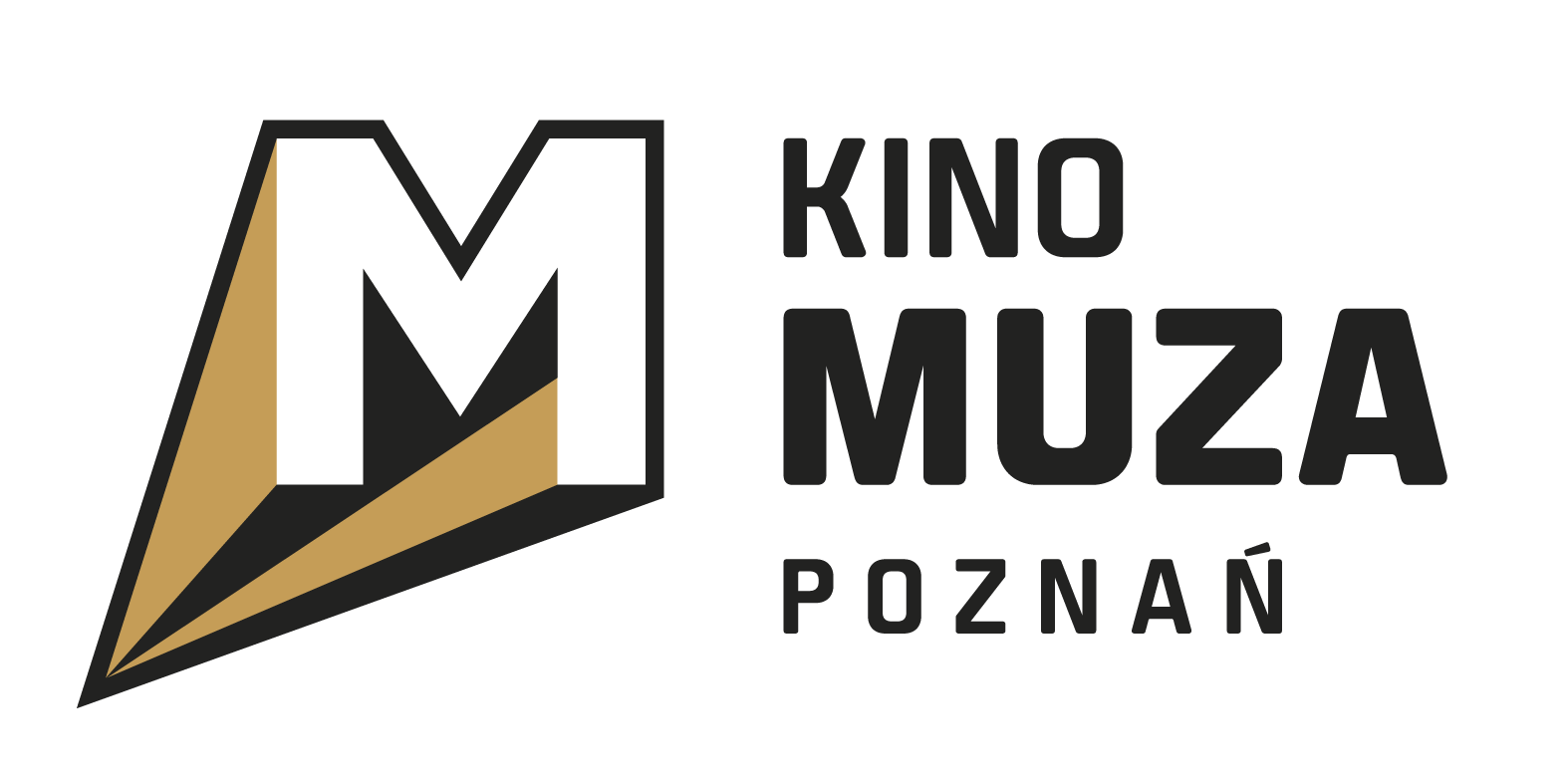13-14th October 2021 – online conference
“A city is more than the sum of its buildings. […] it may also be only as resilient as its citizens” (Campanella and Godschalk, 2011)
The time of crisis caused by the pandemic was not just a period of reduced social and economic activity. Many urban initiatives were also born. The crisis and related restrictions have forced city authorities to accelerate the implementation of innovations and solutions, including digitization, land use, public service delivery, among others. They caused a more careful look at environmental protection and accessibility to blue-green infrastructure. The drastically reduced mobility made the pandemic a test of the potential within cities, in their layout, in their intangible resources, in the businesses and organizations located within them, but above all – in their people. It has sparked individual resourcefulness in the areas of gainful employment, child and youth education, leisure activities, and personal development. Life based on face-to-face contacts had to be suddenly reorganized, meetings and travel had to be reduced, and at times, so did industrial production. The time of the pandemic also verified the functional completeness of the neighborhoods in which we live and the homes in which we stay. Finally, this time was a period of intense and often innovative self-help activities, in which the Internet and mobile technologies played a significant role.
Which cities did best to survive this period and what factors made the urban fabric function properly? What was the role of social capital, the strength and diversity of the local economy, urban planning solutions, new media, remote working technology and finally, local government? Which solutions, often introduced on an ad hoc basis, have worked well and have been successfully incorporated into the continued functioning of cities? Are they the premise of emerging development trends in the urban world? To what extent has the pandemic changed or reinforced the need to implement long-discussed sustainable urbanization tools? Proposed topic areas where the most interesting, implemented, tested or planned solutions from abroad and domestic will be presented:
I. 15-minute city (changes in the functioning of urban institutions, environment, space, architecture, greenery, transport solutions as a system enabling pedestrian access to everyday services in the vicinity of one’s place of residence, reducing the need for mobility, counteracting the monoculture of districts and the processes of suburbanization, and fostering the development of ties with the city and neighbourhood relations)
II. Priorities for post-coronavirus urban development (changes in the way of thinking about urban development evident in the transformation of public institutions and the way local communities act, as well as new indicators of urban quality of life, corresponding to the assumptions of a green economy and limited consumption).
III. The local community as a source of urban resilience (mechanisms of institutional support for ingenuity and resourcefulness of inhabitants as a key factor allowing them to survive in the face of crises and tensions and enabling adaptation to changing conditions of urban life).
See you on 13th and 14th October 2021!



